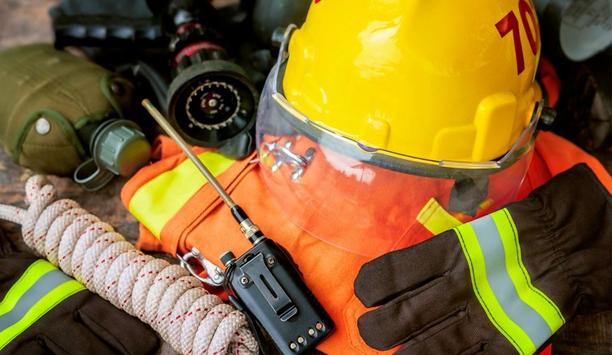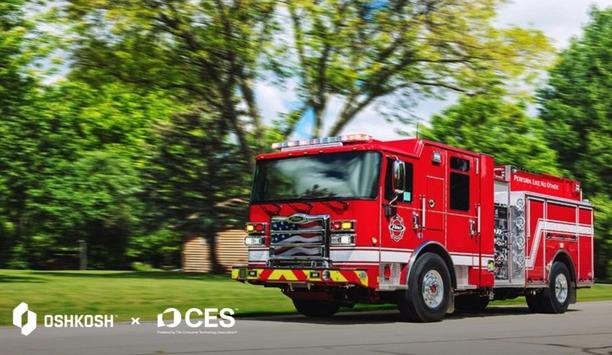The U.S. Fire Administration (USFA) is funding research to find ways to significantly reduce the cost of retrofitting existing homes with lifesaving residential fire sprinkler systems.
USFA hope to reduce both the amount of water needed and the complexity of installing sprinklers while providing time for occupants to escape a fire in their home.
Obstacles to retrofitting homes
More than 80% of fire deaths occur in homes. Residential fire sprinklers are a proven technology that reduces the risk of death in a home fire while at the same time reducing damage to the contents of the home. Major obstacles to the more widespread adoption of residential fire sprinklers are the cost and difficulty of retrofitting sprinklers into existing homes.
Understanding the rules that govern the placement and operation of sprinklers can be overwhelming
While the cost of installing National Fire Protection Association (NFPA) 13D fire sprinklers in new homes is very reasonable in areas where several companies specialize in home fire sprinklers, this is not the situation in most of the country.
When retrofitting fire sprinklers into existing homes, the costs of piping, a tank, or a pump, along with installation, can be significant for most homeowners. Furthermore, understanding the rules that govern the placement and operation of sprinklers can be overwhelming.
Reducing retrofit complexities
USFA is working with the UL Firefighter Safety Research Institute to optimize the flow rate and distribution of water needed to prevent flashovers in a residential fire scenario.
Information learned in early project phases will be used to develop a low-cost, retrofit option for homeowners using the existing domestic water supply.
Early research results
For the scenario tested, a nozzle flowing 6 gallons per minute of water was able to prevent flashover
The first phase of the research examined the concept of focusing a spray of water from a ceiling-mounted nozzle directly onto the burning fuel.
For the scenario tested, a nozzle flowing 6 gallons per minute of water was able to prevent flashover and control the fire ignited on a sofa.
Next steps
The second phase of the research is underway. The team will examine whether a conical water spray pattern that directly cools the fuel can be scaled up to prevent flashover in larger rooms while maintaining the reduced water flow demand for the system. Results from these early investigations will be used to help guide future work.
Later research phases will explore the concept of cooling the hot gas layer in the fire compartment rather than spraying water toward the burning fuel. It is hoped that this approach will prove useful to eliminate flashovers, or at least delay the occurrence of flashovers until the occupants of the home have time to escape. The U.S. Fire Administration looks forward to a day when Americans can be truly fire-safe in their homes and is working toward this goal.















